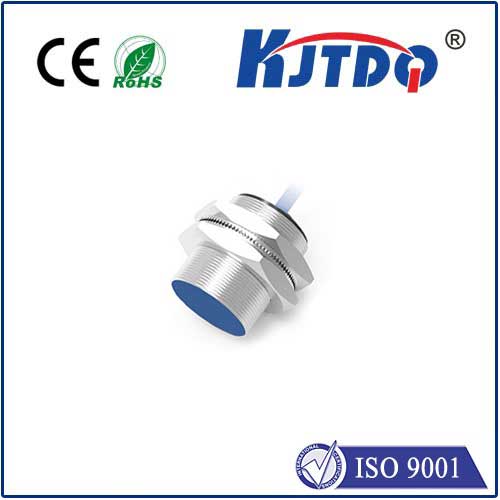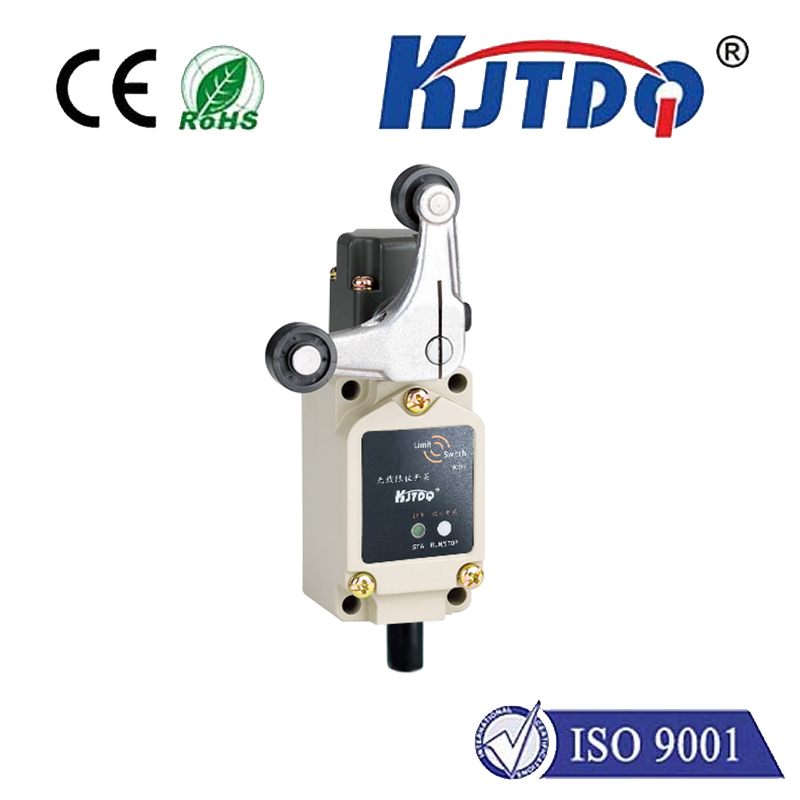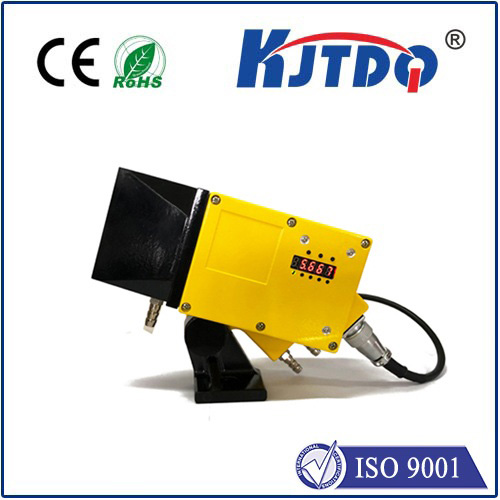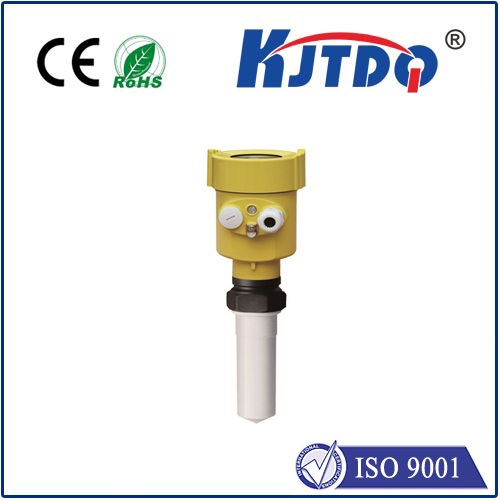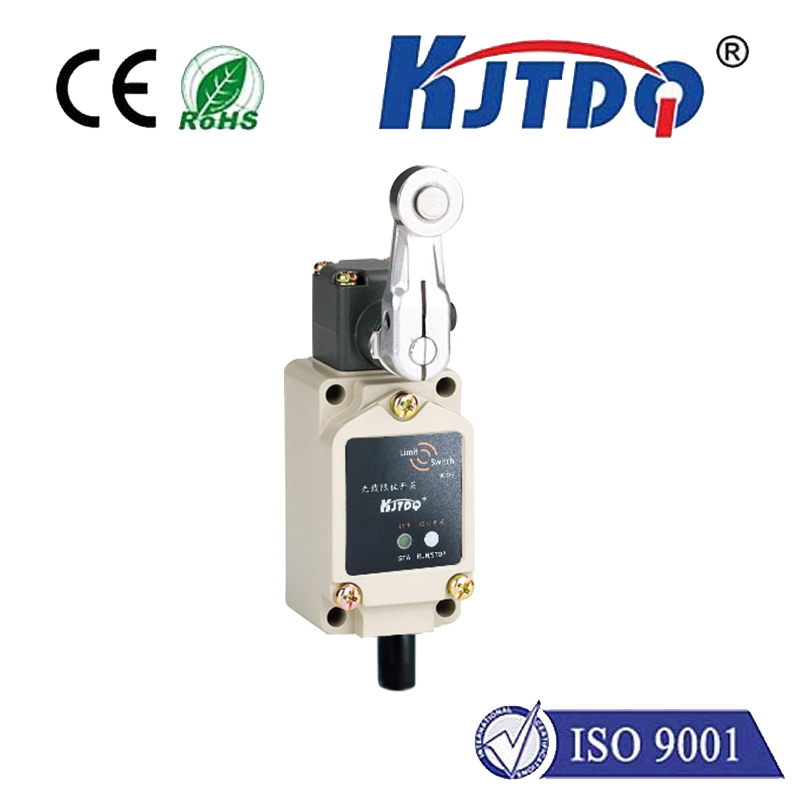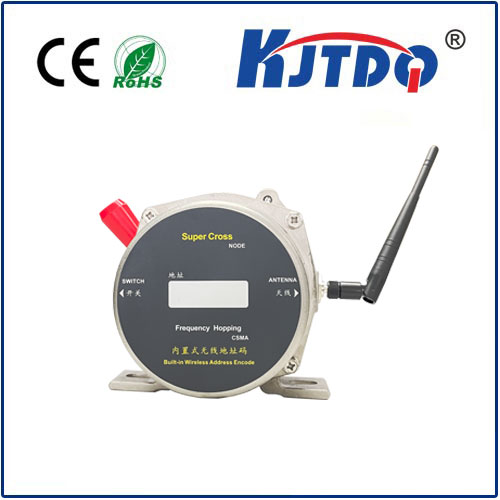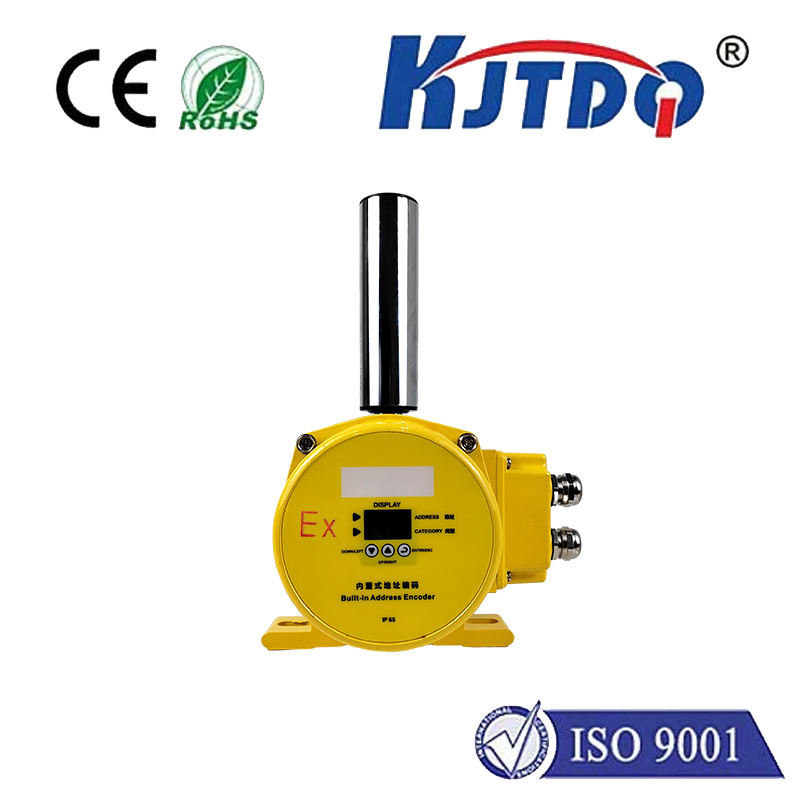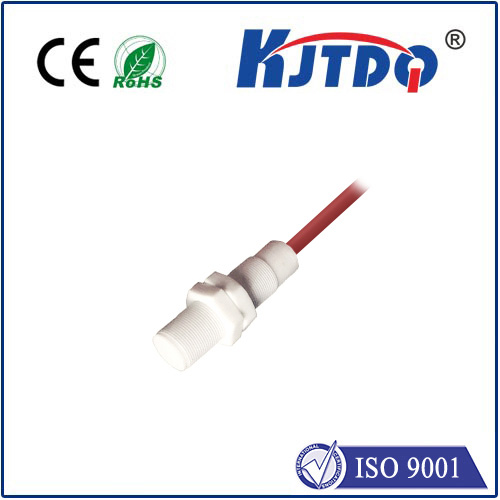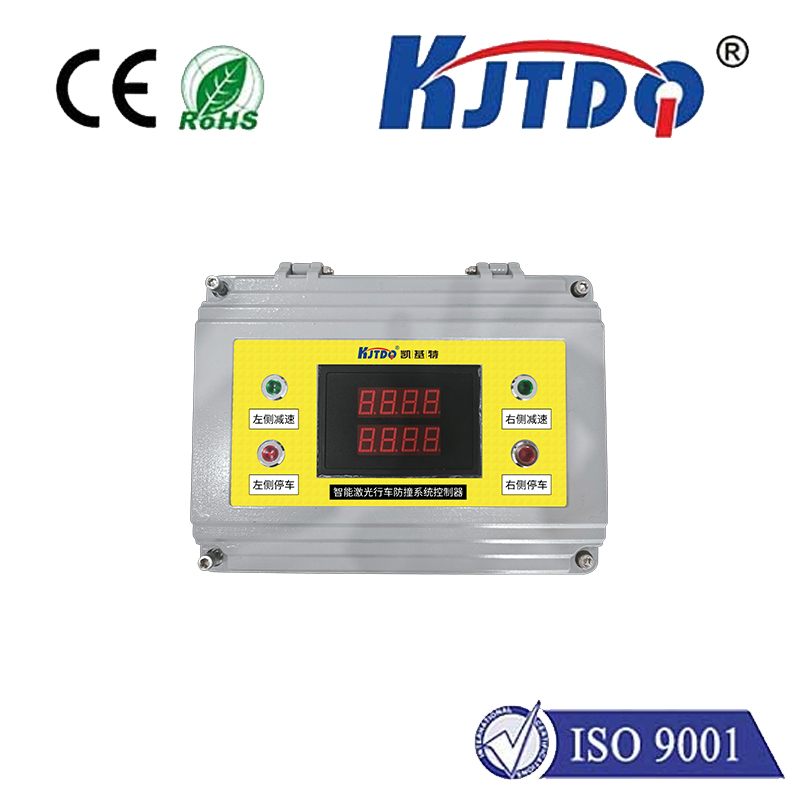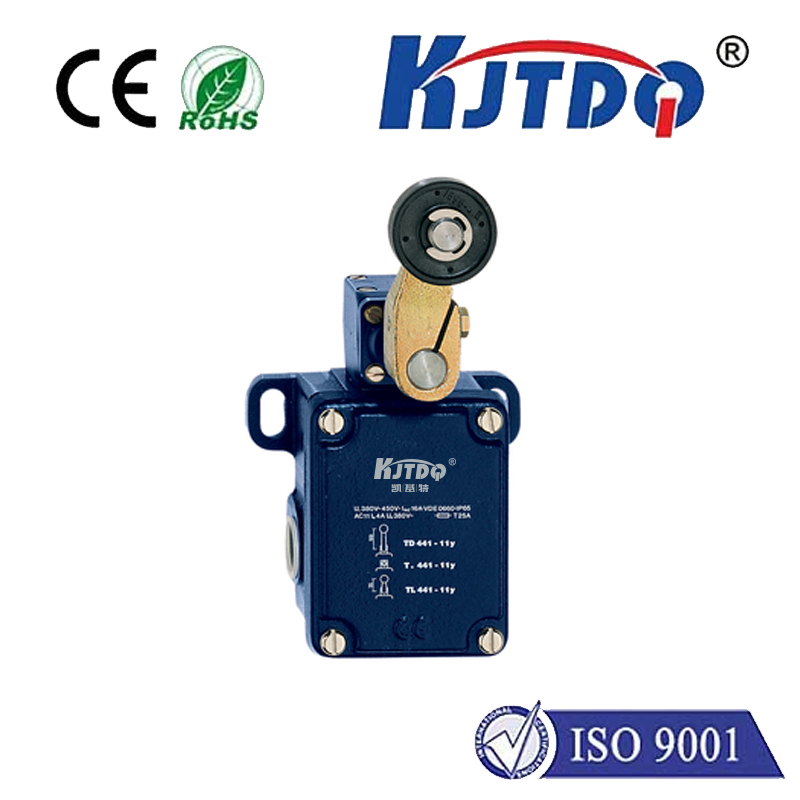

check

check

check

check
In an era where accuracy and efficiency drive innovation, laser distance module sensors emerge as unsung heroes in countless industries. Imagine a construction worker swiftly measuring a room without cumbersome tapes, or a robot navigating obstacles with pinpoint precision—these scenarios are made possible by this cutting-edge technology. As a cornerstone of modern automation, laser distance module sensors leverage laser light to deliver real-time distance data, revolutionizing everything from smart homes to industrial machinery. This article delves into their workings, applications, and why they’re rapidly becoming indispensable in today’s tech landscape.
At its core, a laser distance module sensor is a compact device that emits a focused laser beam toward a target and calculates the distance based on the time it takes for the light to reflect back or through advanced triangulation methods. Unlike traditional tape measures or older sensor types, these modules operate non-contact, minimizing human error and enabling remote measurements in challenging environments. For instance, using the laser time-of-flight principle, the device measures the duration of light travel to determine distance with astonishing accuracy—often within millimeters. This method is highly reliable in varied conditions, from dimly lit factories to outdoor settings, where factors like ambient light or surface textures might disrupt other technologies. Early versions date back to scientific research in the 1970s, but recent advancements in optics and microelectronics have slashed costs while boosting performance, making these sensors accessible for mainstream use.

The applications of laser distance module sensors span a diverse range of fields, highlighting their versatility. In robotics and automation, they enable autonomous systems to map surroundings and avoid collisions, essential for drones or warehouse robots that handle delicate tasks. For instance, in smart manufacturing, sensors on assembly lines ensure products are positioned correctly, reducing waste and speeding up production. The construction industry benefits immensely too; professionals use handheld laser modules for quick floor plans or structural inspections, eliminating manual errors that could lead to costly delays. Environmental monitoring is another key area, where these sensors track terrain changes in geology or water levels in flood-prone zones, providing critical data with minimal intervention. Such broad utility stems from their ability to handle distances from a few centimeters to over 100 meters, adapting to needs like indoor navigation systems or outdoor surveying. As industries push toward digitization, integrating these sensors with IoT networks allows for seamless data analysis, transforming raw measurements into actionable insights for smarter decision-making.
Why opt for laser distance module sensors over alternatives? The advantages are clear and compelling. Compared to ultrasonic or infrared sensors, laser modules offer superior precision and faster response times, often operating in microseconds to deliver real-time results without lag. Ultrasonic sensors, while cost-effective, can be muddled by air temperature or humidity, leading to inaccuracies in humid climates. Infrared options might struggle with reflective surfaces or direct sunlight, compromising reliability. In contrast, laser-based systems excel in consistency, with high-resolution outputs unaffected by most external factors. Additionally, their compact form factor allows easy integration into portable gadgets or embedded systems, such as in smartphones for augmented reality apps or smart scales for fitness tracking. Cost efficiency is another draw; mass production has made entry-level models affordable for hobbyists, while professional-grade units justify their price through reduced calibration needs and long-term durability. When selecting a sensor, key considerations include the required range—such as short-range for consumer electronics versus long-range for industrial drones—and environmental robustness to ensure stable performance in dusty or wet conditions.
For businesses and innovators, embracing laser distance module sensors unlocks new potential in efficiency and innovation. These devices aren’t just tools; they represent a shift toward automation where human effort is minimized, and accuracy is maximized. As research continues, expect enhancements like AI-enhanced data processing or energy-efficient designs to further expand their role in sustainable development. Whether in daily life or high-stakes operations, laser distance module sensors are redefining what’s possible.
